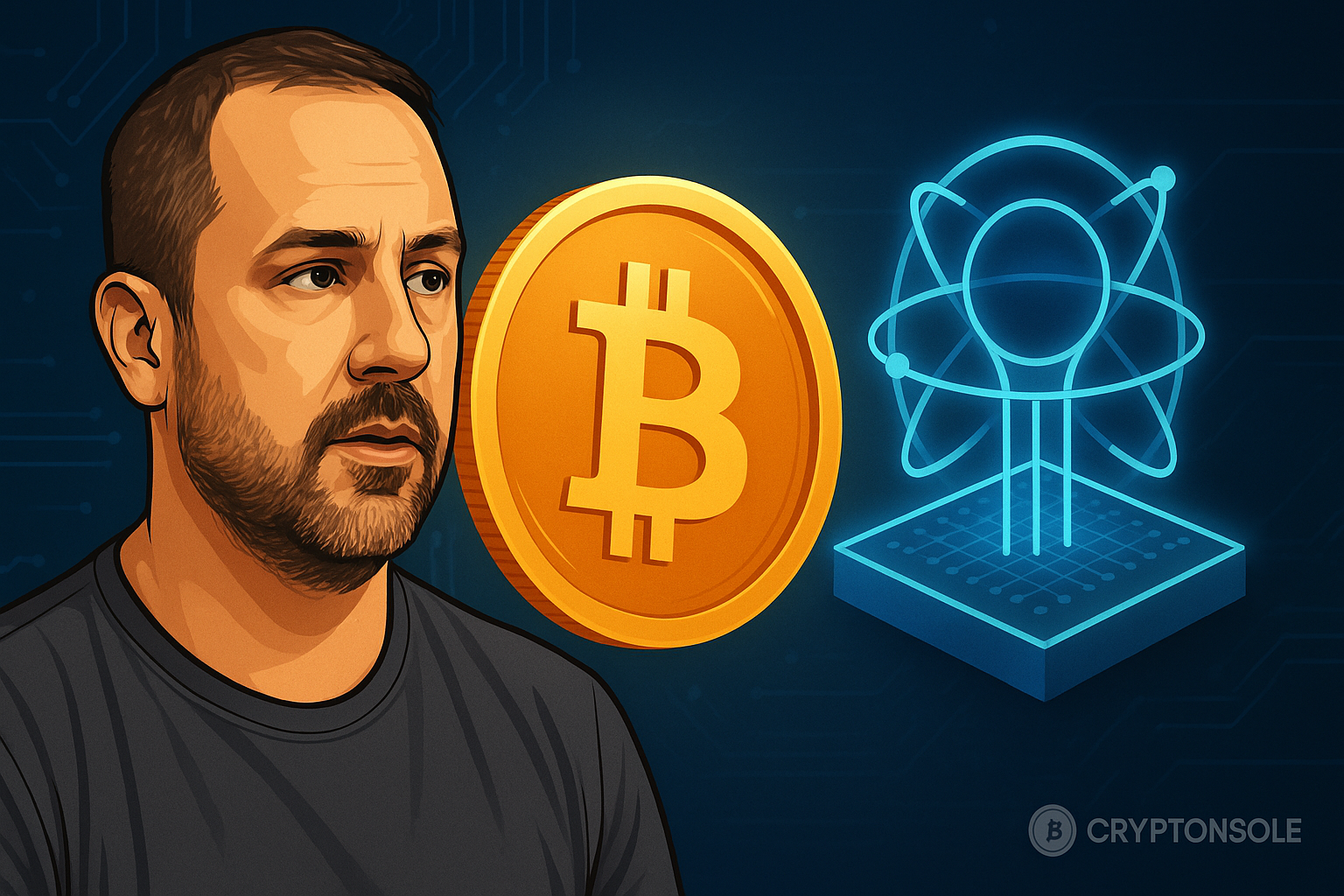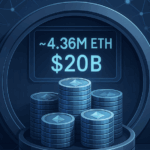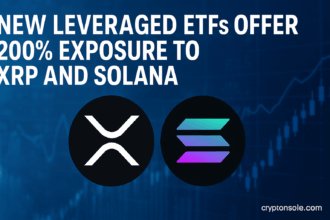Solana co-founder Anatoly Yakovenko has warned that quantum computers may pose a serious threat to Bitcoin’s cryptographic security within five years, and urged a migration to quantum-resistant signatures by 2030. His claims have sparked debate, with prominent figures in the Bitcoin community—including Blockstream CEO Adam Back and developer Peter Todd—arguing that the threat is long-term and current systems remain safe for now.
What Yakovenko Said
- Speaking at the All-In Summit 2025, Yakovenko stated that there is about a 50 % chance that quantum computers will become powerful enough, within five years, to break the cryptographic protections that secure Bitcoin private keys and transactions.
- He specifically called for migrating Bitcoin to a quantum-resistant signature scheme, warning that failure to do so could render current cryptographic protections obsolete.
- Yakovenko suggested a deadline near 2030 for when Bitcoin needs to be fully quantum-resistant, emphasizing that cryptographic breakthroughs are accelerating and could catch protocols off guard.
Pushback & Counterarguments
- Adam Back (Blockstream CEO): Back has acknowledged1 the possibility of quantum threats but downplays their immediacy. He has indicated that preparing Bitcoin to be quantum-resistant “would be relatively simple” when the need arises, suggesting that the ecosystem has time to plan and implement changes.
- Peter Todd (Bitcoin Core developer): Todd has pointed out that quantum computers, in the capacity required to break Elliptic Curve Digital Signature Algorithm (ECDSA) signatures used in Bitcoin, do not yet exist. He has emphasized6 that many quantum demonstrations are “toy problems” and not yet relevant to real-world cryptographic security.
Technical Considerations & Risks
| Topic | Implications / Challenges |
|---|---|
| ECDSA Vulnerability | Bitcoin currently uses ECDSA (Elliptic Curve Digital Signature Algorithm). It’s believed that sufficiently advanced quantum computers (if they can run Shor’s algorithm at scale) could derive private keys from public keys exposed in signatures, enabling forgery or theft. |
| Hard Fork Requirement | Migration to a quantum-resistant signature scheme is not trivial. It would likely require a hard fork—meaning almost all network participants (miners, nodes, wallet providers, exchanges) would need to adopt new rules simultaneously. Hard forks are technically complex and politically contentious. |
| “Harvest Now, Decrypt Later” Risk | There is concern that adversaries might collect public keys (or encrypted data) now and decrypt later once quantum computers become powerful enough. This makes early adoption of quantum resistance more compelling to some experts. |
Why the Debate Matters
- Security of Funds: If quantum computers reach the needed capabilities, existing wallets (especially those whose public keys are exposed) could be at risk. This includes older UTXOs or addresses that have been used, where the public key is revealed.
- Timing vs Readiness: Bitcoin has a high bar for changes, especially ones that affect core cryptographic primitives. The balancing act is between acting early (to prepare) and not rushing changes that might introduce new vulnerabilities or fragment the network.
- Technical & Governance Complexity: Designing, testing, deploying quantum-resistant cryptography that is efficient, secure, and usable (especially given Bitcoin’s global, decentralized structure) is a major undertaking. Also, community consensus and reluctance to change foundational elements of Bitcoin are major obstacles.
What Experts Are Saying
- Some experts support Yakovenko’s urgency, citing recent advances in both quantum hardware and in artificial intelligence, which they believe accelerate possibilities that were previously theoretical.
- Others caution that the engineering, cryptographic, and deployment hurdles are nontrivial and that timeline estimates are speculative. They argue current efforts like research into post-quantum algorithms, hybrid or dual-signature schemes, standards work (e.g. by NIST), and wallet improvements are more pressing and realistic in the near term.
Outlook & What To Watch
- Research & Standardization: Watch for further work, especially from standards bodies (e.g. NIST), cryptography researchers, and projects implementing post-quantum signature schemes.
- Wallet & Protocol Changes: Updates in wallet software or protocol9 proposals that allow dual-signature or quantum-safe signatures (even optional) might be early steps.
- Community Consensus: Whether a broad consensus forms around 2030 as a deadline, or whether views shift (either accelerating readiness or deeming quantum risk longer-term) will shape Bitcoin’s path.
- Quantum Hardware Progress: Key indicators will include publicly verifiable advances in quantum computers—both in qubit counts and error rates—that move beyond “toy” demonstrations toward tasks that threaten ECDSA, SHA-256, or Bitcoin’s cryptographic assumptions.
J07UV7L8












